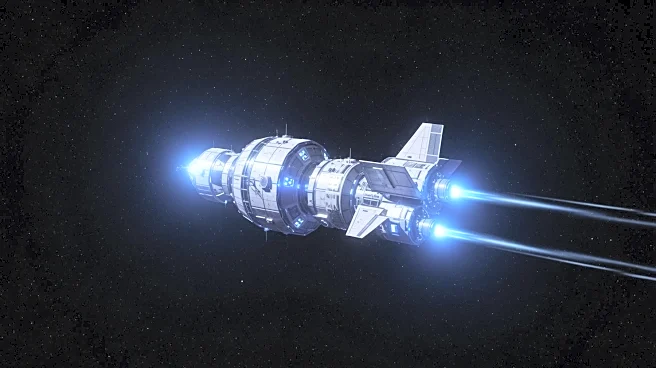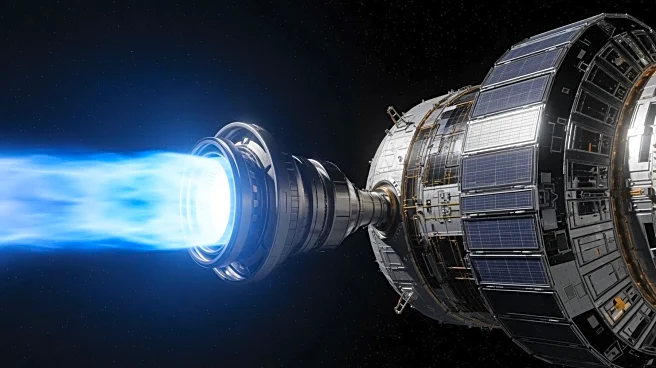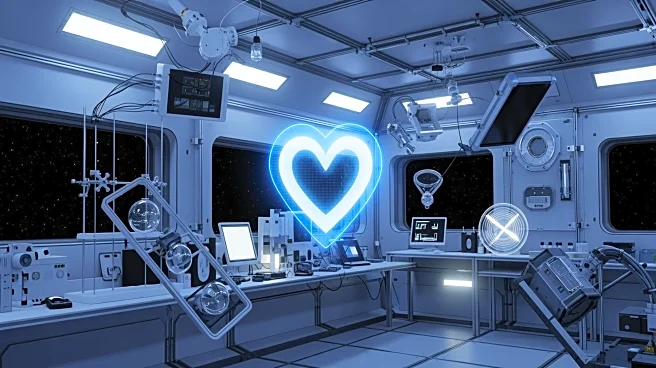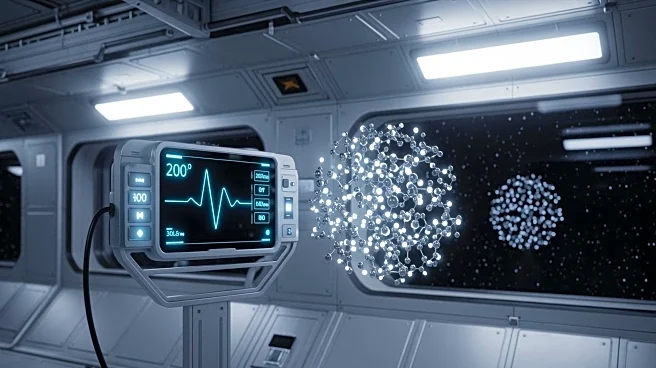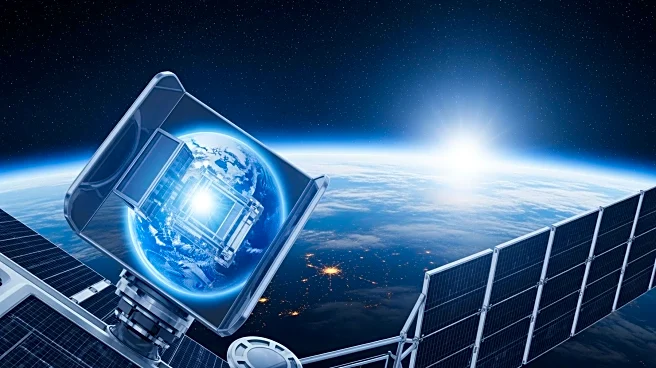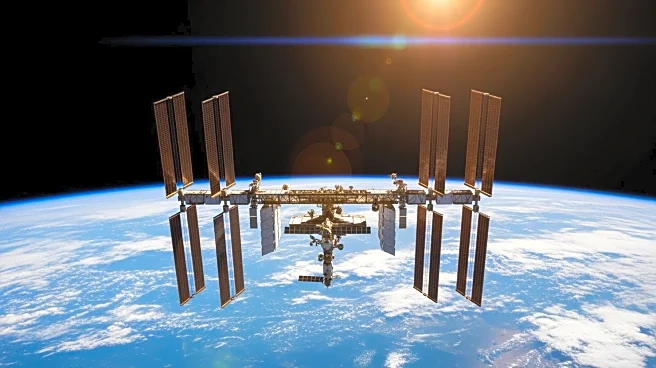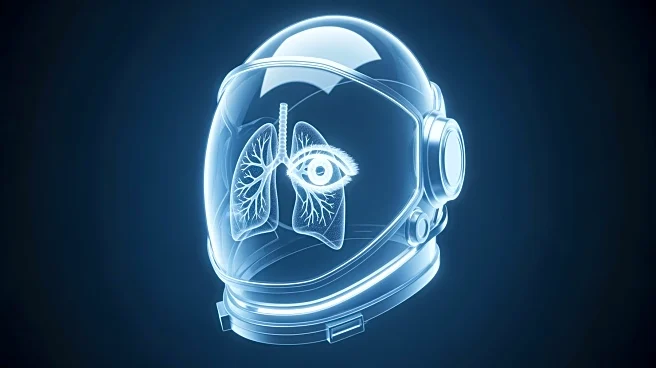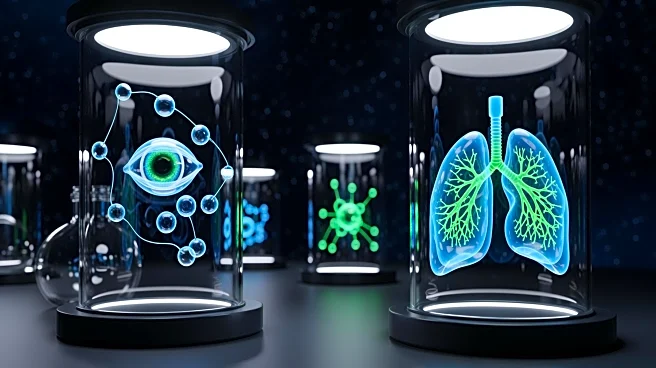What's Happening?
The International Space Station (ISS) has increased its orbit altitude following a reboost maneuver executed by the Progress 93 cargo spacecraft. The spacecraft, docked to the Zvezda service module, fired
its engines for over 14 minutes, raising the station's altitude by 1 mile at apogee and 2.3 miles at perigee. This adjustment prepares the ISS for the arrival of the Soyuz MS-28 crew spacecraft, which will bring NASA astronaut Chris Williams and Roscosmos cosmonauts Sergey Kud-Sverchkov and Sergey Mikaev to join the Expedition 74 crew. Meanwhile, the current Expedition 73 crew is engaged in various scientific activities, including exercise research and fluid physics experiments, which aim to benefit human life both on Earth and in space. The crew is also maintaining spacesuit and workout gear, reorganizing cargo, and setting up accommodations for the visiting crew.
Why It's Important?
The reboost of the ISS is crucial for ensuring the safe arrival and integration of new crew members, which is essential for the continuation of scientific research and international collaboration in space. The ongoing experiments conducted by the current crew, such as exercise research and fluid physics, have significant implications for understanding human health in microgravity and advancing commercial manufacturing techniques in space. These activities contribute to the broader goals of space exploration and the development of technologies that can be applied on Earth, such as improved optical materials and pollution removal operations. The successful management of the ISS's orbit and crew transitions underscores the importance of international cooperation in advancing space science and technology.
What's Next?
The arrival of the Soyuz MS-28 crew spacecraft will temporarily expand the ISS crew to ten members, facilitating a transition period before the departure of the current Expedition 73 crew. NASA astronaut Jonny Kim, along with Roscosmos cosmonauts Sergey Ryzhikov and Alexey Zubritsky, will return to Earth, completing their eight-month mission. The new crew will continue the scientific research and maintenance activities on the ISS, contributing to ongoing studies and experiments. Future maintenance tasks, such as the replacement of thermal control system hoses connected to the COLBERT treadmill, are planned to ensure the continued functionality of the station's equipment.
